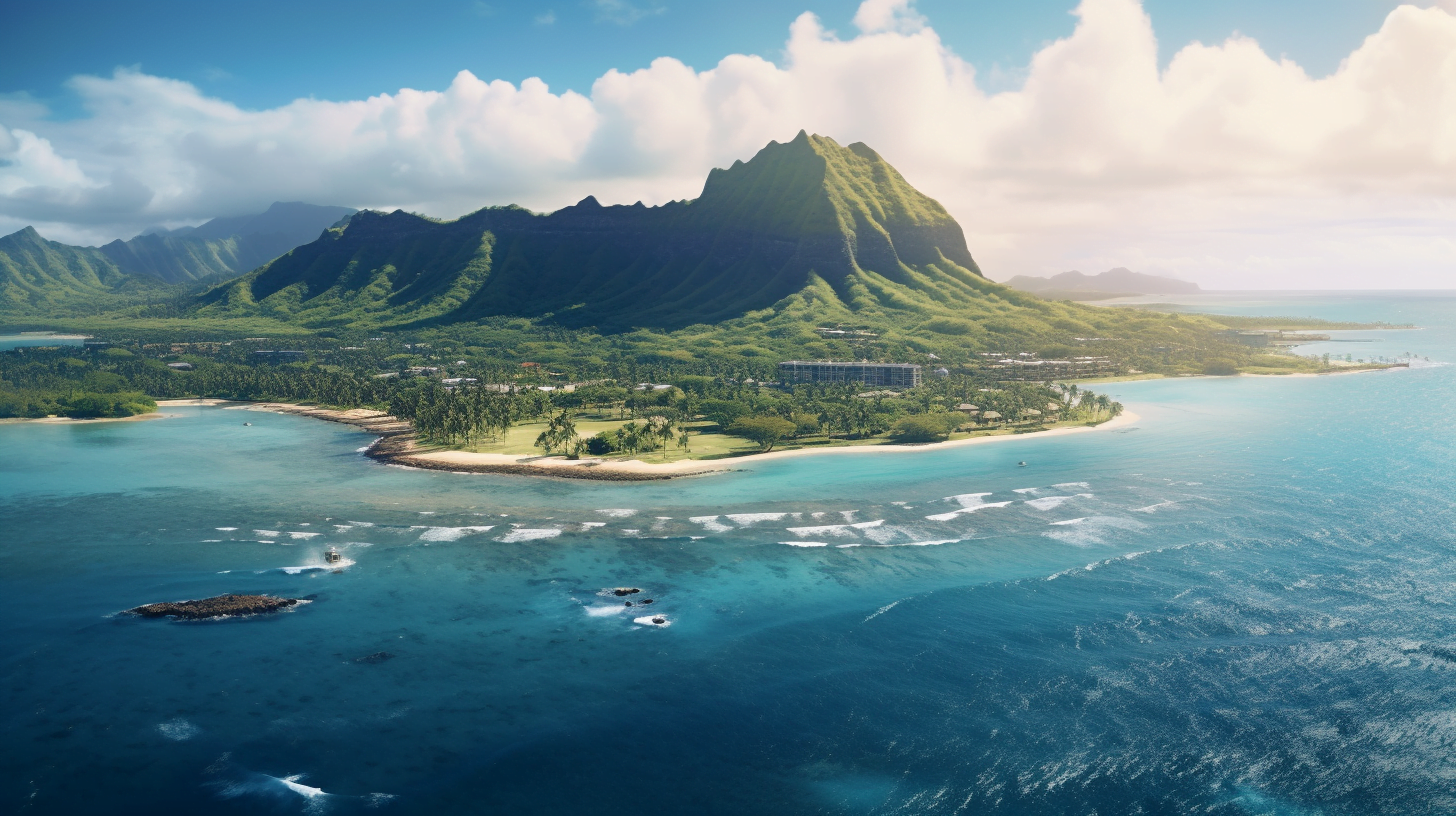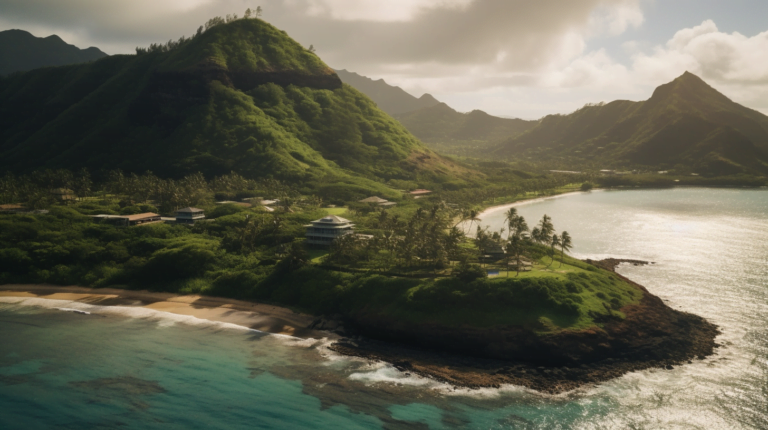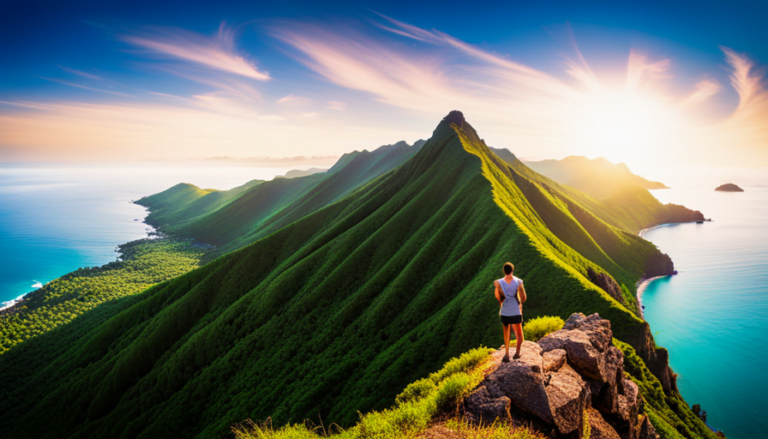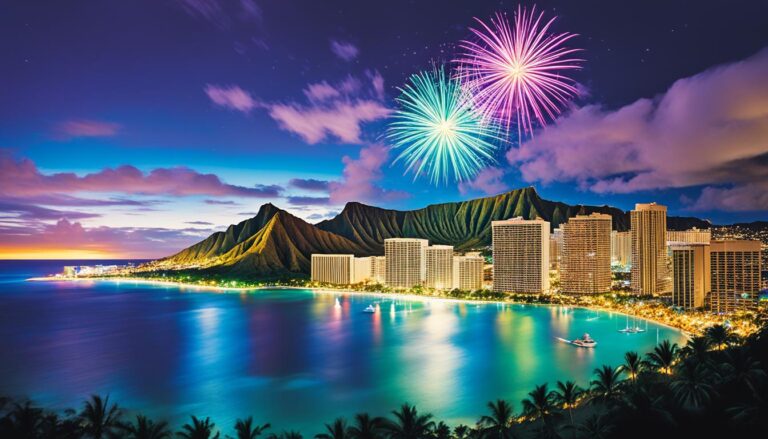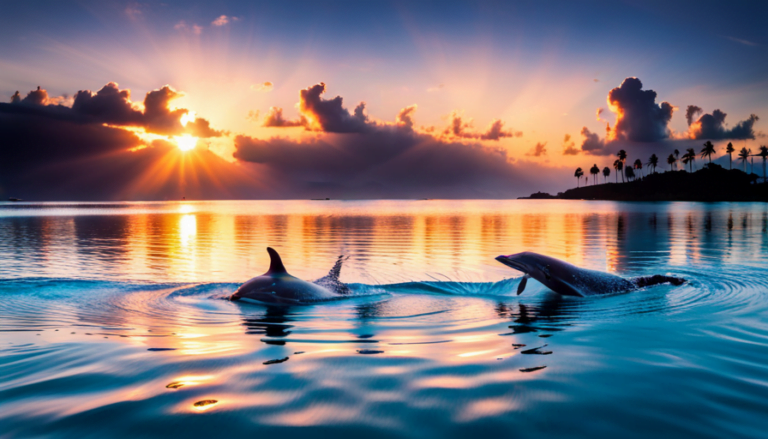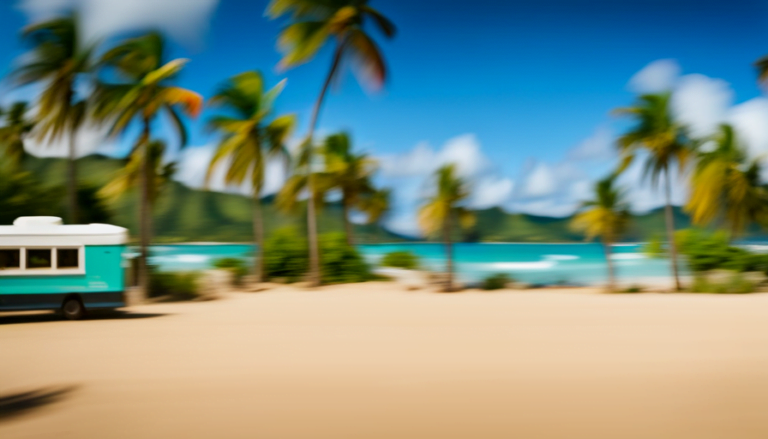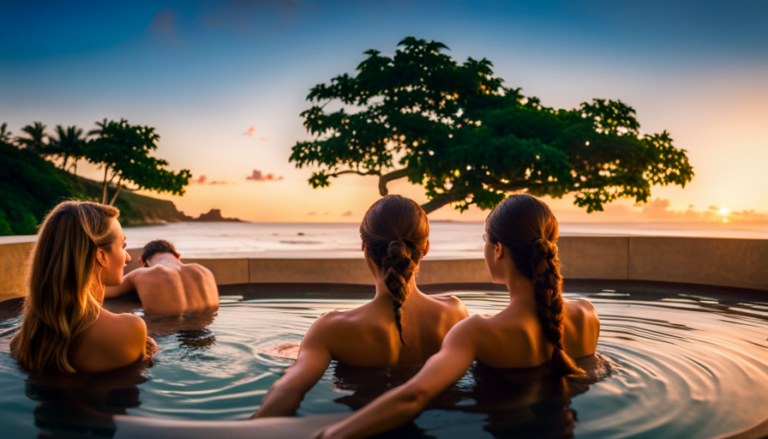Discover the Diverse Beauty of Oahu’s Geography 🏝
Are you planning a trip to Oahu and wondering what the island has to offer in terms of geography? Look no further!
Oahu is a diverse island with a range of cultural and natural highlights that are sure to impress. From stunning beaches to historical sites, Oahu has something for everyone.
One of the most unique aspects of Oahu’s geography is its five distinct regions, each with its own character and attractions. Whether you’re interested in exploring the lush rainforests of the Windward Coast or the bustling city of Honolulu on the South Shore, Oahu has it all.
And with a variety of outdoor activities available, including hiking, surfing, and snorkeling, you’ll never run out of things to do. So pack your bags and get ready to explore the beauty of Oahu’s geography!
Key Takeaways
- Oahu is a diverse island with stunning natural landscapes, including volcanic peaks, rainforests, and beaches.
- There are plenty of options for exploring the island’s geography, including hiking trails and leisurely strolls.
- Diamond Head State Monument and Koko Crater Trail are popular hiking destinations.
- Oahu’s natural beauty is best explored through hiking.
Overview of Oahu’s Cultural and Natural Highlights
Take a breathtaking journey through Oahu’s cultural and natural highlights, where you’ll discover a world of wonder and beauty.
From the lush hiking trails of the Ko’olau Mountains to the vibrant flavors of local cuisine, Oahu offers an incredible array of experiences for visitors and locals alike.
One of the best ways to explore Oahu’s natural beauty is through hiking. The island is home to dozens of hiking trails, ranging from easy walks to challenging treks. You can explore the stunning Waimea Valley, where you’ll discover a botanical garden and a 45-foot waterfall, or hike to the top of Diamond Head for breathtaking views of the island.
And when it comes to food, Oahu’s local cuisine is a fusion of flavors from around the world, including Japanese, Chinese, and Hawaiian influences. Be sure to try some of the island’s signature dishes, such as poke, kalua pig, and shave ice.
As you delve deeper into the cultural and natural highlights of Oahu, you’ll discover that the island is divided into five distinct regions, each with its own unique character and attractions.
The Five Distinct Regions of Oahu
Each of the five distinct regions of Oahu has its own unique characteristics, making the island a diverse and fascinating place to explore.
The Central Plains, located in the middle of the island, is home to Honolulu, the state capital and largest city in Hawaii. This urban area is the economic and political center of the state, with skyscrapers, museums, and historical landmarks such as Iolani Palace and the USS Arizona Memorial at Pearl Harbor. The Central Plains is also where you’ll find the famous Waikiki Beach, known for its white sand and clear waters, as well as the popular Diamond Head hiking trail.
Moving eastward, you’ll encounter the Windward Coastline, which is known for its lush tropical rainforests, towering mountains, and picturesque beaches. The towns of Kailua and Kaneohe offer a laid-back vibe, with shopping and dining options that cater to both locals and tourists. The Windward Coastline is also home to some of the island’s best outdoor activities, such as kayaking in Kaneohe Bay, hiking to the top of the Ko’olau Mountains, and exploring the beautiful beaches of Lanikai and Waimanalo.
As you explore these regions, you’ll quickly discover that Oahu has something for everyone, from city life to outdoor adventures.
Now, let’s delve into the island’s beaches and outdoor activities.
Oahu’s Beaches and Outdoor Activities
Get ready to experience the ultimate tropical adventure with a variety of beaches and outdoor activities to choose from on this Hawaiian island.
Oahu is home to some of the most famous beaches in the world, including Waikiki Beach and Lanikai Beach, which are known for their crystal-clear waters and soft sands. Whether you want to relax on the beach or try your hand at surfing, Oahu has something for everyone.
If you’re feeling adventurous, you can take surfing lessons from local experts or explore the island’s many hiking trails. The Diamond Head State Monument is a popular hiking destination, and the trail offers stunning views of the Pacific Ocean and the city of Honolulu. Whether you’re a beginner or an experienced hiker, there are trails for all skill levels.
After a day of outdoor activities, you can wind down by visiting one of the island’s many historical and cultural sites.
Historical and Cultural Sites
Immerse yourself in the rich history and vibrant culture of the Hawaiian islands by exploring the numerous historical and cultural sites peppered throughout the tropical paradise. These sites are not only fascinating but also important for historical preservation and cultural significance. Take, for example, the Iolani Palace, the only royal palace in the United States, where you can learn about the monarchy that once ruled Hawaii and its eventual overthrow. Another significant site is the Pearl Harbor National Monument, which honors the lives lost during the surprise attack by the Japanese in 1941 and provides insight into the events leading up to World War II.
In addition to these well-known sites, there are also many lesser-known but equally important cultural sites that offer a glimpse into the rich heritage of Hawaii. One such site is the Bishop Museum, which houses an extensive collection of cultural artifacts and natural history exhibits. You can also visit the Pu`uhonua O HÅnaunau National Historical Park, a sacred site that was once a place of refuge for those who broke Hawaiian law. These sites not only offer a window into the past but also serve as a reminder of the importance of historical preservation and the cultural significance of the Hawaiian islands.
As you explore the historic and cultural sites of Oahu, it’s important to remember the importance of wildlife and nature conservation. The island is home to a diverse range of flora and fauna, and efforts are being made to preserve these natural treasures for future generations.
Wildlife and Nature Conservation
Preserving the natural beauty of Hawaii is crucial for future generations to enjoy and appreciate.
Oahu is home to many endangered species, such as the Hawaiian monk seal, the green sea turtle, and the Hawaiian goose. To protect these animals and their habitats, there are several nature conservation efforts on the island.
One such effort is ecotourism. Visitors can take guided tours to learn about the flora and fauna of Oahu while also supporting conservation organizations. Additionally, there are many hiking trails and beaches where visitors can observe wildlife in their natural habitats. By promoting ecotourism, Oahu is able to protect its natural resources while also boosting its economy.
With so much to explore, it’s important to know how to experience Oahu’s geography responsibly.
Tips for Exploring Oahu’s Geography
Now that you’ve learned about the wildlife and nature conservation efforts in Oahu, it’s time to explore the island’s geological formations and hiking trails. Oahu is home to some of the most stunning natural landscapes in the world, boasting towering volcanic peaks, lush rainforests, and beautiful beaches. Whether you’re an experienced hiker or just looking for a leisurely stroll, there are plenty of options for exploring the island’s geography.
To make the most out of your Oahu adventure, here are some tips for exploring the island’s geography:
- Start with the Diamond Head State Monument, which offers a moderate hike up to the top of a volcanic cone with stunning views of the Pacific Ocean.
- For a more challenging hike, try the Koko Crater Trail, which takes you up a steep and rocky incline to the top of a volcanic crater.
- If you’re looking for something more leisurely, take a stroll through the botanical gardens that showcase the island’s unique flora and fauna.
- Don’t forget to also explore the island’s beautiful beaches, which are perfect for swimming, surfing, and soaking up the sun.
- And be sure to bring plenty of water and sunscreen, as the Hawaiian sun can be intense.
With its breathtaking geological formations and endless hiking trails, Oahu is a nature lover’s paradise. So grab your hiking boots and get ready to explore all that this beautiful island has to offer.
Frequently Asked Questions
What is the population of Oahu?
You’re wondering about the population of Oahu. As of 2020, it stands at approximately 992,605 people. Population statistics show a growing trend in recent years, with a diverse demographic mix of ethnicities and age groups.
What is the average temperature on Oahu throughout the year?
You’re in for a treat: Oahu’s climate patterns are pretty consistent throughout the year, with seasonal changes that offer a welcome break. The average temperature hovers around 80°F, making it the perfect destination for a year-round vacation.
What types of industries are prevalent on Oahu?
Oahu boasts agricultural diversity with crops such as pineapple, coffee, and macadamia nuts. The tourism industry heavily impacts the economy with attractions like Pearl Harbor and Waikiki Beach.
What is the cost of living like on Oahu compared to other Hawaiian islands?
Compared to other Hawaiian islands, the cost of living on Oahu is relatively high. Housing expenses are especially high due to the island’s popularity and limited space. The job market is also highly competitive, with a variety of industries represented.
Are there any notable annual events or festivals that take place on Oahu?
Looking for cultural celebrations and music festivals? Oahu hosts numerous events throughout the year, including the Honolulu Festival, the Ukulele Festival, and the Hawaiian Slack Key Guitar Festival. Don’t miss out on these exciting annual events!

